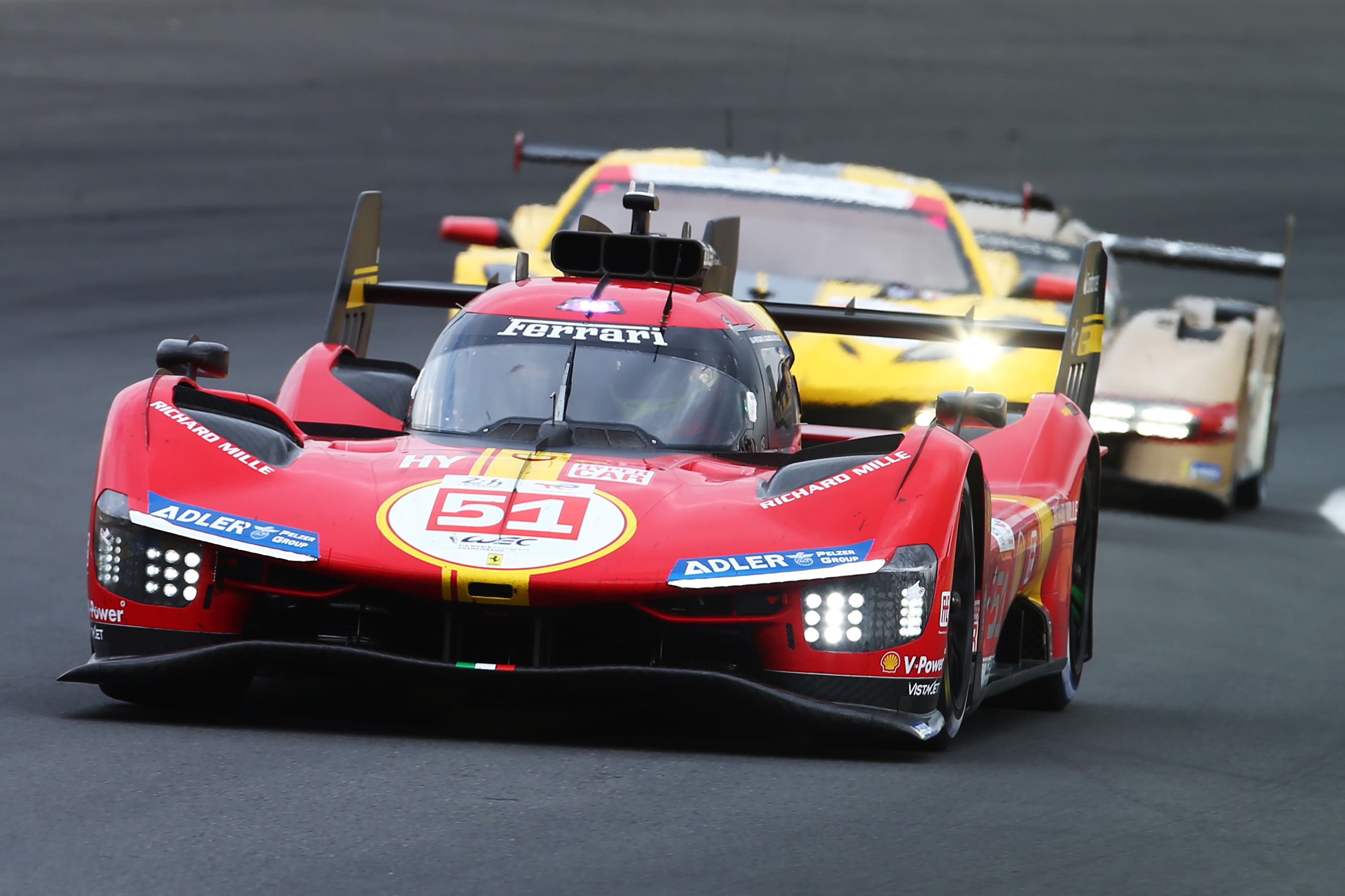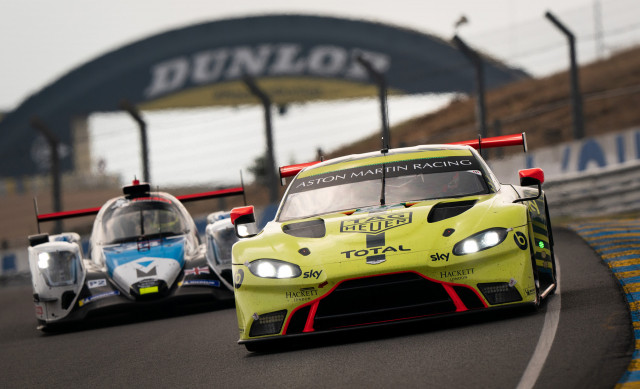Basic Information
The 24 Hours of Le Mans (French: 24 Heures du Mans) is an endurance-focused sports car race held annually near the town of Le Mans, France. It is widely considered to be one of the world's most prestigious races, and is one of the races—along with the Monaco Grand Prix and Indianapolis 500—that form the Triple Crown of Motorsport, and is also one of the races alongside the 24 Hours of Daytona and 12 Hours of Sebring that make up the informal Triple Crown of endurance racing. Run since 1923, it is the oldest active endurance racing event in the world.
Purpose
Launched when Grand Prix motor racing was the dominant form of motorsport throughout Europe, Le Mans was designed to present a different test. Instead of focusing on the ability of a car company to build the fastest machines, the 24 Hours of Le Mans would concentrate on the ability of manufacturers to build sporty yet reliable cars. This encouraged innovation in producing reliable and fuel-efficient vehicles, because endurance racing requires cars that last and spend as little time in the pits as possible. At the same time, the layout of the track required cars with better aerodynamics and stability at high speeds. While this was shared with Grand Prix racing, few tracks in Europe had straights of a length comparable to the Mulsanne. Additionally, because the road is public and thus not as meticulously maintained as permanent racing circuits, racing puts more strain on the parts, increasing the importance of reliability.
The Race
The race is held in mid June, meaning the shortest night and very hot conditions for drivers, particularly in closed vehicles with poor ventilation; rain is commonly seen. The race begins in mid-afternoon and finishes the following day at the same hour the race started the previous day. Modern competitors often cover well over 5,000 km. The record is 2010's 5,410 km (3,360 mi), six times the length of the Indianapolis 500, or about 18 times longer than a Formula One Grand Prix. Drivers and racing teams strive for speed and avoiding mechanical damage, as well as managing the cars' consumables, primarily fuel, tires, and braking materials. It also tests endurance, with drivers frequently racing for over two hours before a relief driver can take over during a pit stop while eating and resting. Current regulations mandate that three drivers share each competing vehicle.
The Cars
The race has approximately 60 competitors. Each car was required to have at least two seats. However, recently cars only need to have space to accommodate a second seat in the cockpit rather than the seat itself. Two doors are allowed; open cockpit cars do not require doors. Since 2014, all cars in the premier LMP1 category must have a roof due to safety concerns, with open-cockpit cars only permitted in the slightly slower LMP2 category. Since 2017, all prototype cars, LMP1 or LMP2, must have closed cockpits. Although all cars compete at the same time, as of 2021 there are separate classes. A prize is awarded to the winner of each class and the overall winner. The number of classes has varied over the years, but there are now three: HYPERCAR, LMP2, and LMGT3. Successor to the Le Mans Prototype 1 (LMP1) is the custom-built HYPERCAR (LMH or LMDh) class. It is the top class and debuted in 2021. The new technical regulations are intended to prevent cost escalations while enabling greater variety in technical approaches and car aesthetics. This is followed by the LMP2 class where teams are obliged to run one of four approved chassis—ORECA, Ligier, Dallara, or Multimatic/Riley—mated with a standard 4.2-litre Gibson V8 engine. LMP1 teams are subject to no such restrictions. Their extra power, lower weight, and more complex aerodynamics result in much quicker lap times; LMP1 cars also may use hybrid technology. The next class is LMGT3, which are similar to production-based sports cars.
Some of the main manufacturers that compete are:- Porsche,
- Ferrari,
- Audi,
- Toyota,
- Ford,
- and Chevourlet.

